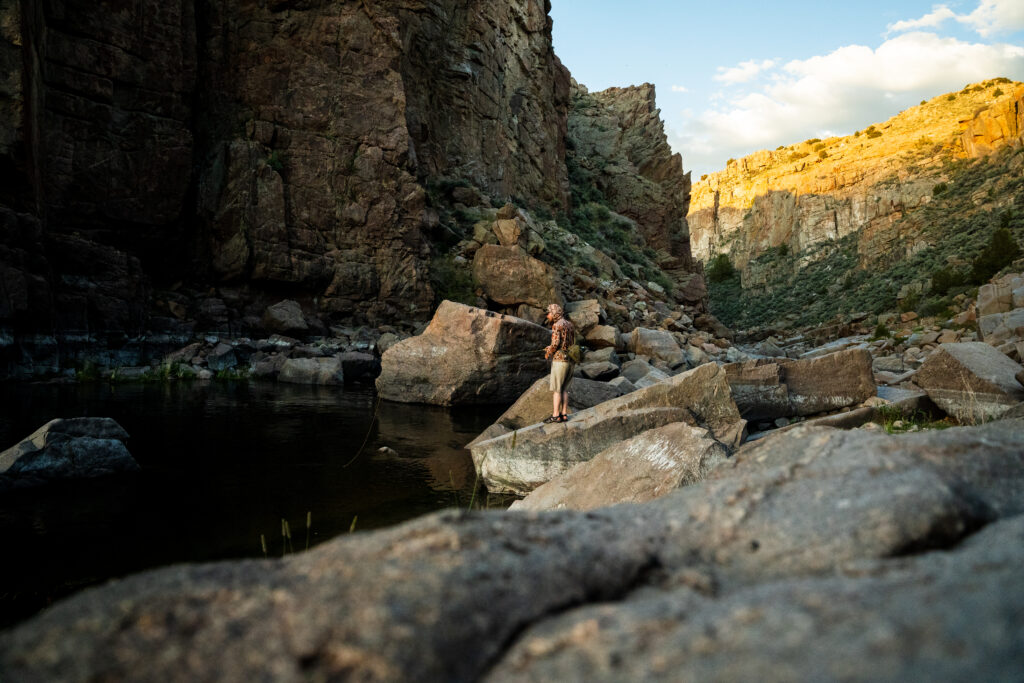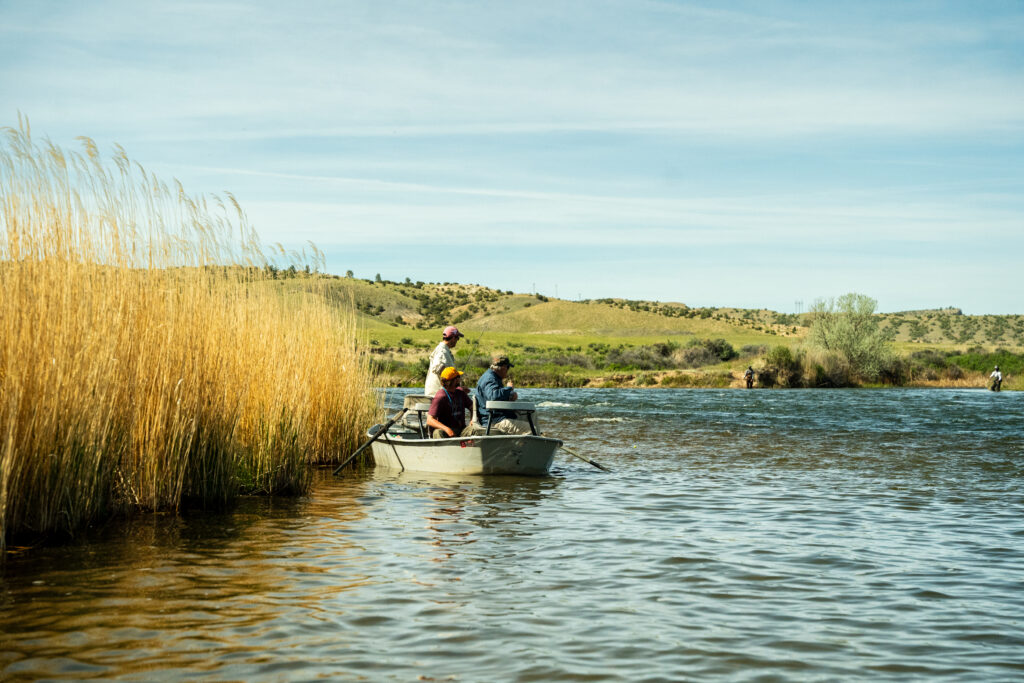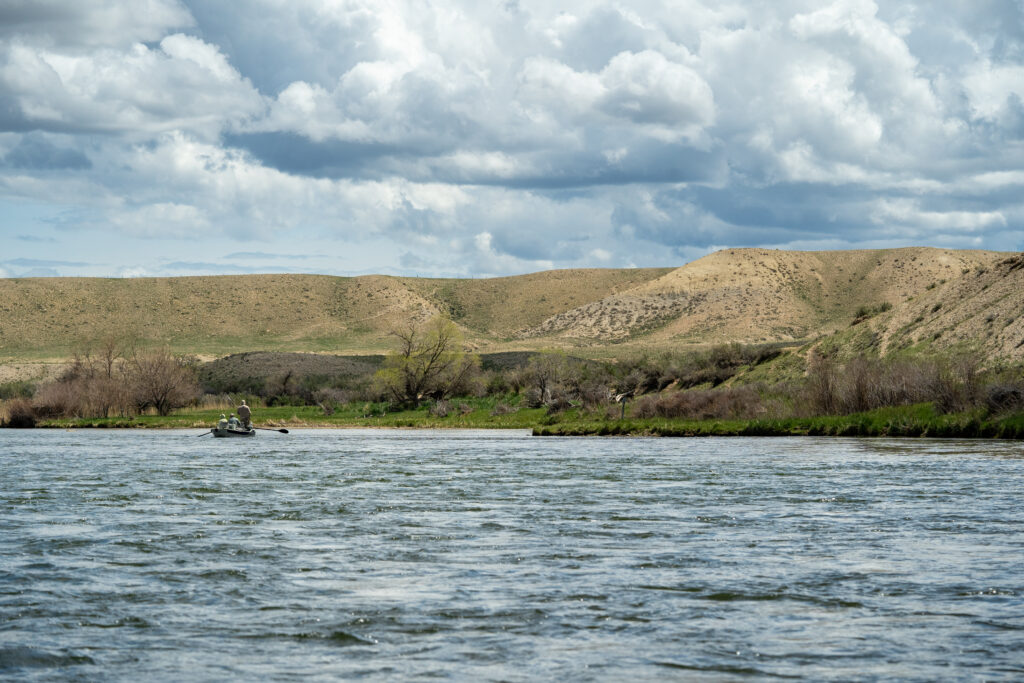Reading Water: How to Fly Fish

Reading water is essential for successful fly fishing, as it helps you understand where fish are likely to be holding and feeding. Here are some tips and tricks to help you read water effectively:

1. Observe the Surface: Look for any disturbances on the surface of the water, such as rises, swirls, or dimples, which indicate the presence of feeding fish.
2. Water Depth: Different fish species prefer different depths of water. Trout, for example, often inhabit riffles, runs, and pools, while bass may prefer deeper pools or structure.
3. Current Breaks: Fish seek refuge from the strong current in areas where the water slows down or changes direction. Look for pockets behind rocks, along the banks, or near submerged logs.
4. Eddies and Back Eddies: These are areas of water where the current spins back on itself. Fish often hang out in these calmer areas, especially if there’s food drifting by.
5. Undercut Banks: Banks that have been eroded by the current often create pockets of deeper water where fish can hide. Casting close to these banks can be productive.
6. Seams: A seam is the line where two different currents meet. Trout, in particular, like to position themselves where they have easy access to both fast and slow-moving water. These areas are often rich feeding grounds.
7. Riffles: Riffles are shallow, fast-moving stretches of water typically found over gravel beds. They oxygenate the water and provide cover for fish. Trout often hold in the softer water at the edges of riffles, where they can feed more comfortably.

8. Pools: Pools are deeper, slower-moving sections of water often found below riffles. They provide fish with a resting place and are prime feeding spots, especially during warmer weather.

9. Structure: Look for underwater structure such as logs, rocks, or submerged vegetation. These provide cover for fish and attract prey.
10. Shadows: Pay attention to the shadows cast by trees, rocks, or other objects. Fish may be more comfortable and active in shaded areas, especially on sunny days.
11. Temperature: Fish are sensitive to water temperature. In warmer weather, they may seek cooler, deeper water, while in cooler weather, they may move to shallower areas where the sun warms the water.
9. Structure: Look for underwater structure such as logs, rocks, or submerged vegetation. These provide cover for fish and attract prey.
12. Wind: Wind can push food to certain areas of the water, concentrating fish in those spots. Additionally, wind-driven waves can create oxygenation and cover noise, making fish less wary.
Remember, reading water is as much an art as it is a science, and it takes time and experience to become proficient. Pay close attention to the water and the behavior of fish, and don’t be afraid to experiment with different techniques and locations.
